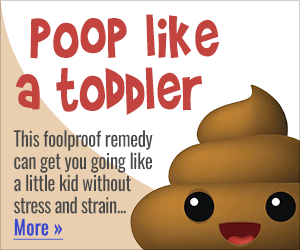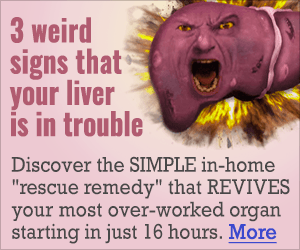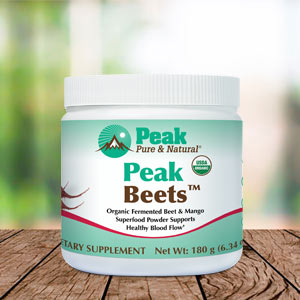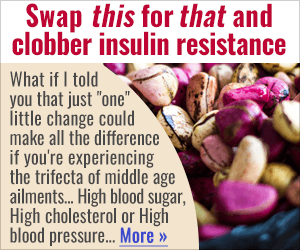Get Easy Health Digest™ in your inbox and don’t miss a thing when you subscribe today. Plus, get the free bonus report, Mother Nature’s Tips, Tricks and Remedies for Cholesterol, Blood Pressure & Blood Sugar as my way of saying welcome to the community!
Why a banana a day is key to regulating blood pressure

Eat less salt. If you have or are at risk of high blood pressure, you may have heard this advice from your doctor.
That’s because when you ingest too much salt, your body responds to the excess sodium by holding on to water to dilute it. The result is an increase in the amount of fluid in your blood vessels, which raises the pressure inside the vessels and makes your heart work harder.
You may think taking blood pressure medication counteracts this effect. However, too much sodium offsets the benefits of two commonly used blood pressure medications: diuretics and vasodilators. So, if you’re taking either of these medications but still eating too much salt, you’re canceling out the medicine’s effects.
Therefore, regardless of whether you’re on blood pressure medication, it makes sense to cut back on the salt you consume, right? Well, that’s just half of the solution…
Add potassium to the mix
Previous research has indicated that upping potassium intake can help control blood pressure. Both potassium and sodium are electrolytes, substances that help the body send electric signals that contract muscles and affect the amount of water in the body, among other essential functions.
With that in mind, researchers from the University of Waterloo developed a mathematical model that successfully identifies how the potassium and sodium ratio affects the body. The model showed that increasing the ratio of potassium to sodium intake had a positive effect on blood pressure.
In addition, the model was developed to identify how difference in sex impacts the relationship between potassium and blood pressure. The researchers found that men develop high blood pressure more easily than pre-menopausal women. Still, men are also more likely to respond positively when the potassium-to-sodium ratio increases.
“Usually, when we have high blood pressure, we are advised to eat less salt,” says Anita Layton, a University of Waterloo professor. “Our research suggests that adding more potassium-rich foods to your diet, such as bananas or broccoli, might have a greater positive impact on your blood pressure than just cutting sodium.”
“Early humans ate lots of fruits and vegetables, and as a result, our body’s regulatory systems may have evolved to work best with a high potassium, low sodium diet,” says Melissa Stadt, a PhD candidate at the University of Waterloo and the lead author of the study.
Getting the potassium-sodium balance right
If you need a little extra help, consider the DASH eating plan, specifically developed to help people lower high blood pressure. It focuses on whole foods, fat-free or low-fat dairy, whole grains, lean meats, fish and poultry, and limiting red meat and ultra-processed foods.
Not only was it designed with lower sodium intake in mind (the Standard Dash diet limits sodium consumption to 2,300 mg daily while the Lower Sodium Dash diet drops that to 1,500 mg), but it also provides guidance on reaching a target of 4,700 mg of potassium daily.
That sounds like a lot and might seem difficult if not for this helpful list with lots of recommended choices, which also identifies specific foods that pack the most potassium by food groups. For example…
- A medium potato, baked with the skin, provides 941 mg of potassium;
- A blessed medium banana will get you 422 mg;
- Plain non-fat yogurt (6 to 8 oz) provides 579 mg;
- White beans, ½ can, yields 595 mg;
- Wild Atlantic salmon puts 534 on your plate.
Be sure to check out the link to the full list!
One thing to keep in mind: if you’re already taking a diuretic for blood pressure management, you may need to check with your doctor about a potassium supplement. Diuretics increase urine output to help rid the body of excess fluid and sodium, but some can also cause potassium loss. Don’t start taking potassium supplements without your doctor’s advice, as having too much potassium in your body can be dangerous.
Editor’s note: Did you know that when you take your body from acid to alkaline you can boost your energy, lose weight, soothe digestion, avoid illness and achieve wellness? Click here to discover The Alkaline Secret to Ultimate Vitality and revive your life today!
Sources:
High blood pressure? Eat more bananas — EurekAlert!
Modulation of blood pressure by dietary potassium and sodium: sex differences and modeling analysis — American Journal of Physiology-Renal Physiology
Dietary salt and blood pressure: A complex connection — Harvard Health Publishing
Foods high in potassium — Healthdirect














